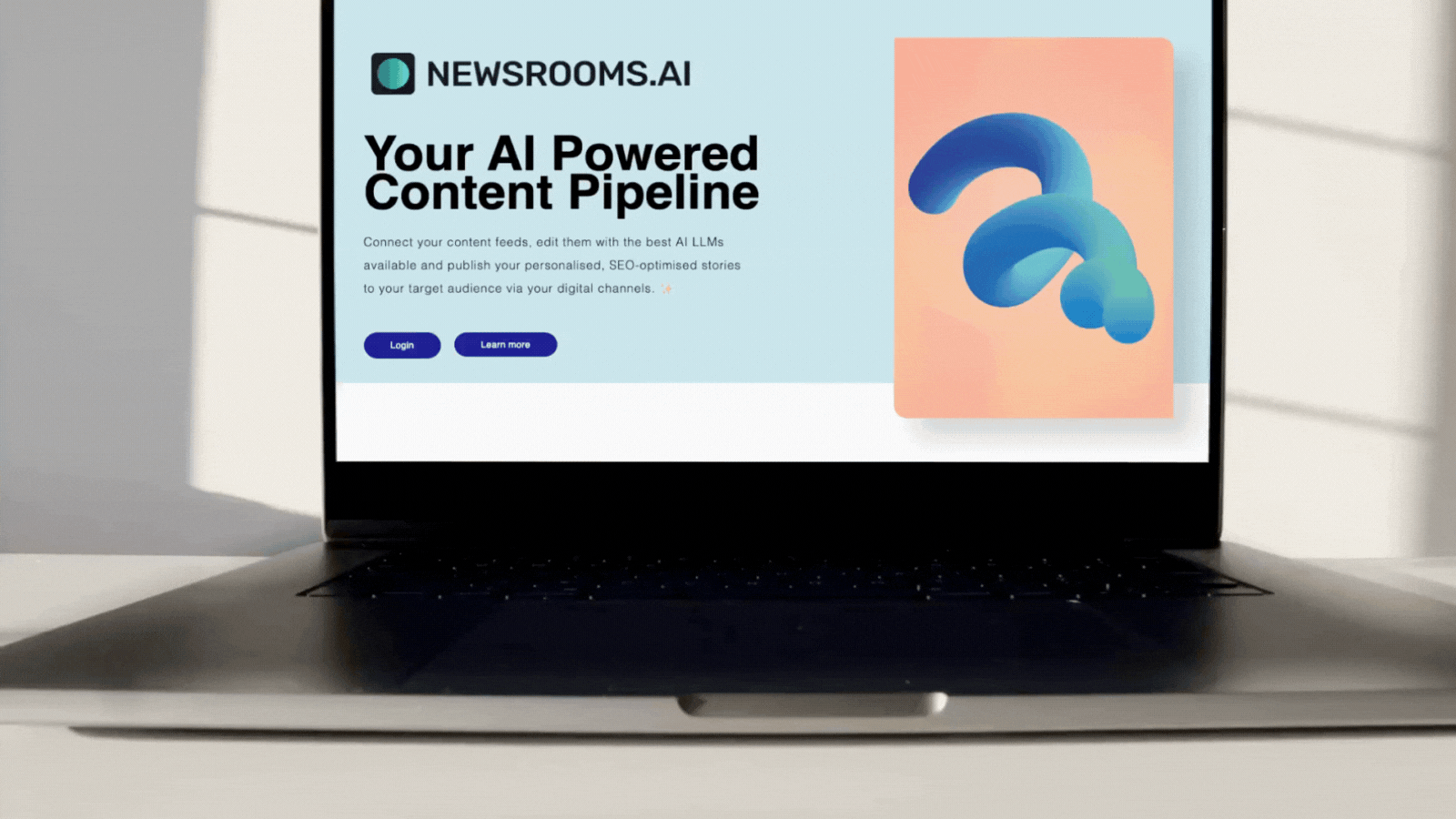New York Times: AI tools will shape daily editorial work

It was only a matter of time before renowned newspapers took advantage of the benefits of artificial intelligence. The New York Times has decided to integrate AI into everyday editorial work. Internal AI tools will be used for social media texts, SEO titles and even programming.
Editorial teams receive AI training
The employees of the national US daily newspaper New York Rimes were informed of the changes via email, as Semafor reported. The message introduced the internal AI tool ‘Echo’ and announced that editors would receive AI training in the future. In addition, the letter contained documents and videos explaining the editorial advantages and disadvantages of AI and introducing some AI products that employees can now use to develop web products and editorial ideas.
Last year, the newspaper said it conducted a pilot project to test how AI could be used in the editorial department.
AI-compliant editorial guidelines
The Times has enshrined its active use of AI in its editorial guidelines, which state: “Generative AI can help our journalists get to the truth and help more people understand the world. Machine learning is already helping us write stories we couldn’t otherwise write, and generative AI has the potential to strengthen our journalistic capabilities even further.”
It is also written that the Times will use features such as digitally voiced articles and translations into other languages. The medium is open to “applications of generative AI that have yet to be discovered”. AI will also be used to develop quizzes, social media texts, quote cards, and FAQs.
According to the guidelines, AI is seen as a “powerful tool” that – like many technological advances before it – can be used in the service of one’s own mission.
Permissible AI programs
The AI tools that the New York Times plans to use in the future include: GitHub Copilot as a programming assistant, Google Vertex AI for product development, NotebookLM, the NYT’s ChatExplorer, some of Amazon’s AI products, and OpenAI’s non-ChatGPT API. The latter application is to be used only via a specially set up company account and with the approval of the legal department.
However, the use of AI is limited – not all tools are permitted. The New York Times emphasizes that potential risks of copyright infringement are always pointed out and that disclosing sources is a top priority.
Self-developed: Beta summary tool “Echo”
As expected, media outlets are gradually starting to rely on their own AI tools. The Times, for example, has developed “Echo,” an internal beta summary tool. Journalists should be able to use it to summarize articles, briefings, and interactive contributions from the Times. A training video for employees of the US newspaper suggests using AI to find suitable interviews for the CEO of a startup, for example.
Trending Topics has also been using an internal AI tool called Newsrooms.AI for similar purposes for several months. All articles created using artificial intelligence are marked accordingly. In Trending Topics’ Startup Interviewer, founders can conduct an AI-supported interview about their company.
Proactive integration of AI
The New York Times, as one of the most influential newspapers in the global media landscape, wants to position itself as a pioneer in the use of AI. The use of AI is not only permitted, but proactively promoted. Journalists are encouraged to actually use the AI tools mentioned in their everyday work.
The following examples have been mentioned as possible areas of application so far: generating SEO headlines, summaries, and advertising copy, suggesting edits, developing questions and ideas, and research. The AI tools could also be used to answer questions about journalists’ own documents or to analyze documents and images from the Times.
Some employees are skeptical
Although the company says AI will not be used to fully draft articles, significantly revise them, or process third-party copyrighted material, some journalists are still skeptical. According to Semafor, not all newsroom leaders want to jump on the AI bandwagon right away, fearing that AI could lead to laziness, uncreative headlines, or inaccurate information.
What’s particularly exciting is that the Times is introducing the large-scale use of AI at a time when the company is still in an ongoing legal battle with OpenAI. The claim: The AI startup used Times content to train its models without permission.





























